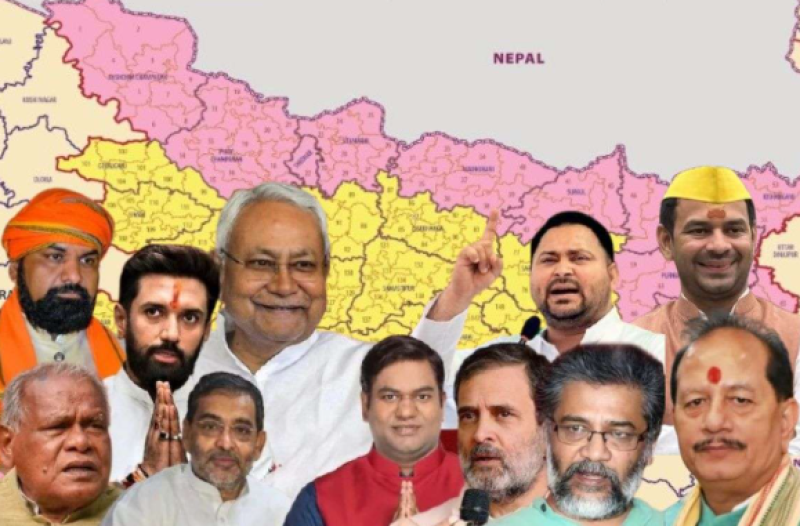Vote counting for Bihar's 243 assembly seats unfolded with precision Friday, early trends painting a picture of continuity that could reshape the state's economic trajectory.
The National Democratic Alliance, anchored by Chief Minister Nitish Kumar's Janata Dal (United), surged ahead with leads in 181 constituencies, crossing the 122-seat majority threshold. The party's 82 projected seats edged out the Bharatiya Janata Party's 81, while the opposition Rashtriya Janata Dal trailed at 33. Turnout hit a record 67.13%, reflecting voter stakes in development agendas.
This outcome carries profound policy implications for Bihar, long plagued by fiscal deficits exceeding 3% of GDP. Stability under the NDA paves the way for accelerated infrastructure rollout, including a $3 billion highway expansion and $2 billion in rural electrification by mid-2026. "Predictable governance reduces investor risk premiums by 15-20 basis points," said economist Neha Gupta of the Patna Institute for Economic Studies. Such reforms could lift state GDP growth from 7.5% to 9% annually.
Agriculture, employing 70% of Bihar's 130 million residents, stands to gain most. The alliance's manifesto emphasizes crop insurance enhancements, projected to cover 80% of smallholders and boost yields by 12%. This aligns with national schemes, potentially drawing $800 million in federal subsidies. Market analysts forecast a 10% rise in food processing investments, creating 200,000 jobs in agro-clusters.
Industrial policy takes center stage too. The NDA's pledge for single-window clearances aims to cut project delays by 40%, attracting electronics and textile hubs. Early data shows investor inquiries up 25% post-polls, signaling confidence in streamlined regulations. "Bihar's labor pool, at 50 million strong, offers unmatched scalability for manufacturing," noted investment banker Vikram Singh. Yet, fiscal hawks warn of debt sustainability; the state's $40 billion burden requires prudent borrowing to fund these ambitions.
Consumer trends underscore the election's economic pulse. Digital payments in rural Bihar jumped 50% during campaigning, tied to welfare disbursements. Post-result, retail sectors anticipate a 8% spending uptick on durables, fueled by bonus expectations from stable policies.

